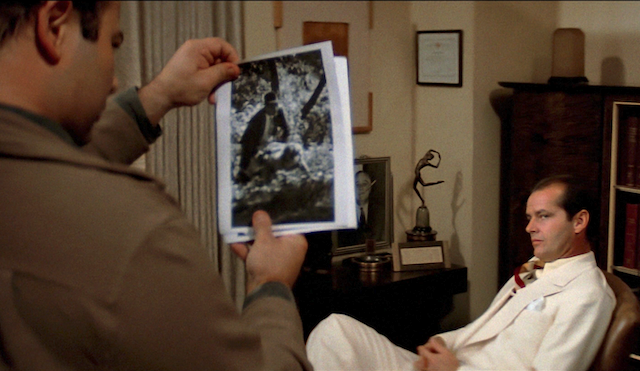Cut Through The Story Fog To Write Your Mystery
How To Not Get Lost In Your Mystery
And, with your creative mind buzzing, it’s easy to have lots of ideas for your story and add them all in. You come up with plot twists or add interesting characters to your suspect list.
In the end you have a unwieldy story that is hard for you to manage, especially closing it all out. And, worse yet, a story that is hard for readers to follow.
A fellow mystery writer in Sisters in Crime told me at our last meeting her first book was over 400 pages long and included 26 suspects. Way too long and complicated to gather a solid reader base. She laughs about it now.
In this week’s Mystery Monday I talk about ways to avoid the fog of putting too much into your mystery.
Get Organized Before You Write
Get to know your protagonist. Your mystery detective carries your story. Know as much as possible about your sleuth. The deeper you probe the more your readers will engage.
Plan the important details of your storyline. As you write you’ll have a roadmap of where you are going. This plan will help you stay on course so you don’t end up with a 400-page story with 26 suspects. Instead, you will have a select group of 5 to 8 suspects to develop and keep your sleuth and your reader guessing.
Flesh out your perpetrator. He or she needs to be smart, clever, and able to tell lies well. The more you know about this character, the easier it is to hide important details. Keep your reader guessing.
Manage the Main Storyline
The guys at Sterling and Stone put together a brilliant 40 chapter outline. Here’s the sequence to help your build your mystery. If you follow the sequence you will outline your story from start to finish.
1 Everyday world, everyday conflict
2 Setup for the inciting incident
3 Inciting incident
4 Aftermath of the inciting incident
5 Setup for the first complication
6 First complication
7 Aftermath of the first complication
8 Minor dark moment
9 Setup for the first plot point
10 First plot point
11 Aftermath of the first plot point
12 Second complication
13 Aftermath of the second complication
14 Setup for the first pinch point
15 First pinch point
16 Aftermath of the first pinch point
17 Third complication
18 Aftermath of the third complication
19 Setup for the midpoint
20 Midpoint
21 Aftermath of the midpoint
22 Fourth complication
23 Aftermath of the fourth complication
24 Setup for the second pinch point
25 Second pinch point
26 Aftermath of the second pinch point
27 Fifth complication
28 Aftermath of the fifth complication
29 Setup for the second plot point
30 Second plot point
31 Aftermath of the second plot point, part one: the dark moment
32 Aftermath of the second plot point, part two: the resurgence of hope
33 Climax, stage one: preparing for battle
34 Climax, stage two: taking the fight to the enemy
35 Climax, stage three: first contact
36 Climax, stage four: war of attrition
37 Climax, stage five: mano a mano
38 Climax, stage six: from the ashes of disaster
39 Resolution, stage one: sweeping up
40 Resolution, stage two: reconnection
Fill in the 40 chapters with brief descriptions listing the characters involved. It’s a quick, smart way to get your story outlined so you can cut through the fog and start writing.
Zara Altair
Zara Altair writes mysteries set in ancient Italy.



